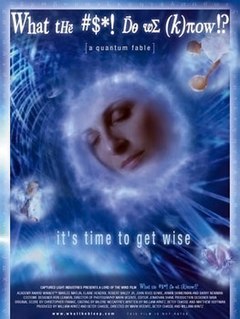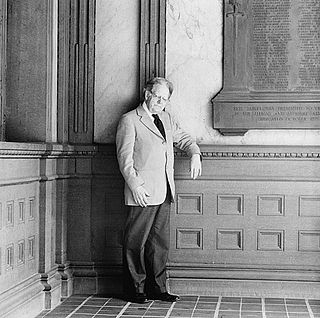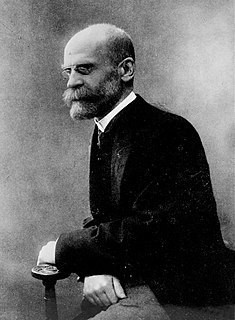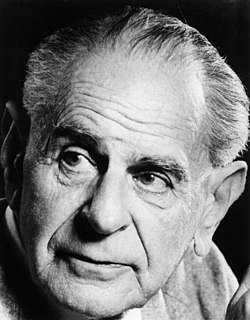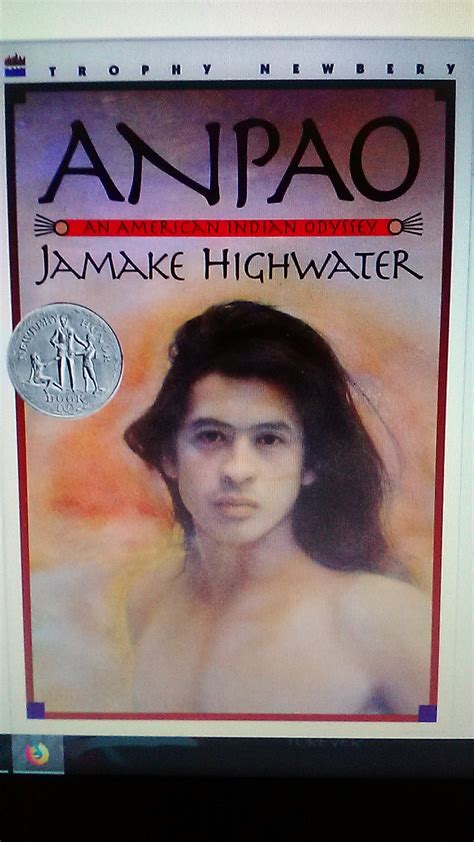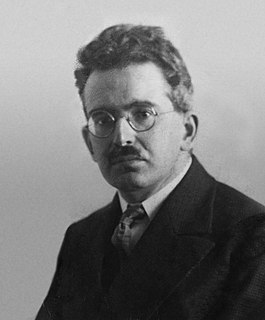A Quote by Camille Paglia
The greatest honor that can be paid to the work of art, on its pedestal of ritual display, is to describe it with sensory completeness. We need a science of description. Criticism is ceremonial revivification.
Related Quotes
A central feature of the ceremonial associated with Mithras was the taurobolium, the ritual slaughter of a bull which commemorated and repeated Mithras' primeval act. The initiate was baptized in its blood, partaking of its life-giving properties. It may be noted that this part of the ceremonial closely resembled the ritual of the cult of Cybele, the Great Mother of Asia Minor, which had been brought to Rome three centuries before Christ.






